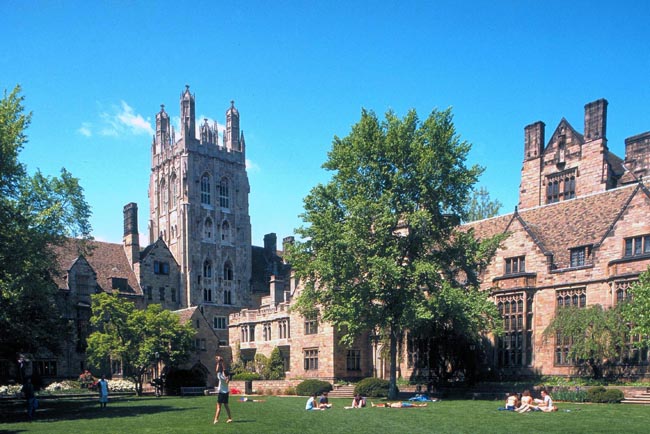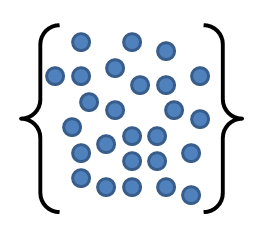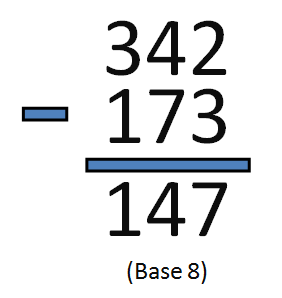New Math
by Andrew Boyd
Today, a revolutionary idea — that failed. The University of Houston's College of Engineering presents this series about the machines that make our civilization run, and the people whose ingenuity created them.
The launch of the Russian satellite Sputnik in 1957 shook the collective American consciousness. Worried about falling behind the Soviets, Congress poured money into improving math skills in primary and secondary schools. Until that time, early math education was devised by people with degrees in teaching but not math. That was about to change.

Edward Begle received his doctorate in math at Princeton before joining the math faculty at Yale. While at Yale, he was chosen to lead the newly formed School Mathematics Study Group funded by the National Science Foundation. Established a year after Sputnik's launch, the Study Group would prove the most influential force shaping pre-college math for the next decade. And what it created would come to be called New Math.
Audio: Tom Lehrer's New Math
Hurray for New Math, New-hoo-hoo-Math,
It won't do you a bit of good to review math.
It's so simple, so very simple,
That only a child can do it!
 New Math was an attempt to emphasize important mathematical concepts — concepts that would help the young mathematical mind mature. Unfortunately, basic skills took a back seat to concepts. And the concepts chosen for emphasis were themselves questionable.
New Math was an attempt to emphasize important mathematical concepts — concepts that would help the young mathematical mind mature. Unfortunately, basic skills took a back seat to concepts. And the concepts chosen for emphasis were themselves questionable.

For example, what comes to mind when I say "twenty-six"? You may very well visualize the digit 2 followed by a 6. Proponents of New Math wouldn't be happy. "Twenty-six" isn't a string of symbols, it's a concept. Better to visualize a collection of twenty-six marbles. So New Math placed emphasis on sets: the set of blocks on a table or the subset of red blocks. To make sure students really understood arithmetic concepts, addition, subtraction and the like were taught in number systems other than our usual base ten.
(Twenty-six, by the way, is represented by the string of digits "32" in base eight.)

Were these really such important activities for students, or would their time be better spent memorizing times tables? "Times tables!" came a resounding cry from the public. Parents were at a loss trying to help their children, and a broad consensus emerged that New Math unnecessarily complicated things. What began as a well intentioned effort to let mathematicians help shape children's math education turned out to be a debacle — or at least it was perceived as such.
Aspects of New Math are still with us, and with good reason. But the overall concept is probably best left to rest.
I'm Andy Boyd at the University of Houston, where we're interested in the way inventive minds work.
Audio: Tom Lehrer's New Math
Notes and references:
For a related episode, see NO MATH.
Musician/comedian/mathematician Tom Lehrer's song New Math captured popular criticism so well that in turn it helped define New Math's legacy. A complete recording of New Math (Tom Lehrer singing) together with video (not Tom Lehrer performing) can be found at: https://www.youtube.com/watch?v=DfCJgC2zezw.
Memorial Resolution: Edward G. Begle, 1914-1978. From the Stanford University Web site: http://histsoc.stanford.edu/pdfmem/BegleE.pdf. Accessed January 4, 2012.
A. L. E. Walmsley. A History of the New Mathematics Movement and Its Relationship With Current Mathematical Reform. Lanham, Maryland: University Press of America, 2003.
The picture of the Yale University campus is from a State of Connecticut Website. All other pictures are by E. A. Boyd.
This episode was first aired on January 5, 2012.